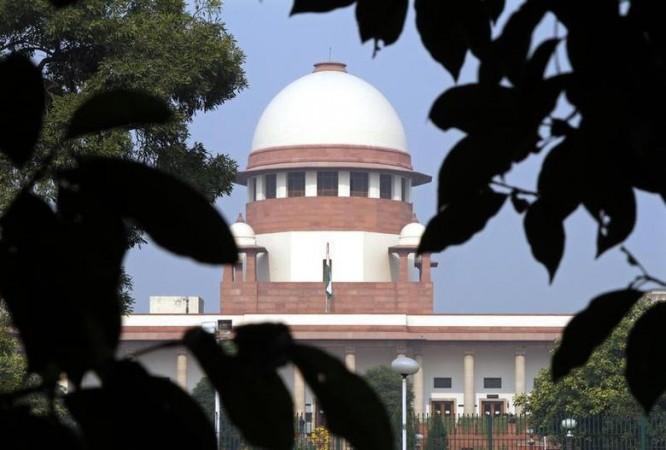In December last year, while hearing a plea by Uttar Pradesh Government regarding the felling of trees for the widening of Krishna Govardhan Road Project in Mathura, a bench led by CJI SA Bobde had unique suggestions to make.
Denying permission to chop the 2,940 trees existing on the road, as demanded by the Public Works Department (PWD), CJI Bobde even asked to evaluate the value of trees based on the amount of oxygen that they would release in nature in their lifetime.

When the PWD tried to turn things right by compensating to plant the same number of trees in another area, the court had responded that there could be no compensatory reforestation if a 100-year old tree was cut down. The top court had also observed orally, "You can't fell thousands of trees that too in the name of Lord Krishna."
Felling of 1,803 trees, sparing 1,137
Last week, on Thursday, an SC bench of Justices LN Rao, BR Gavai and BV Nagarathna granted permission for the felling of 1803 out of 2940 trees for the Mathura-Deeng Govardhan Project in strict compliance with what has been recommended by the Central Empowered Committee (CEC), Live Law reported.

The conditions laid down by the CEC for the sought approval include compensatory plantation of a minimum of 30,000 trees of indigenous species in lieu of trees being felled. Apart from the above, the department must obtain clearance under Forest (Conservation) Act, 1980, and ensure that the felling of trees is kept to the minimum, the Live Law report furthered.
This project revolves around the Taj Trapezium Zone area, a defined area of 10,400 sq km around the Taj Mahal to protect the monument from pollution. As per news reports, earlier this year in January, the SC permitted the felling of 4,108 trees by Rail Vikas Nigam to lay down a third rail track passing through TTZ between Mathura and Jhansi.

















